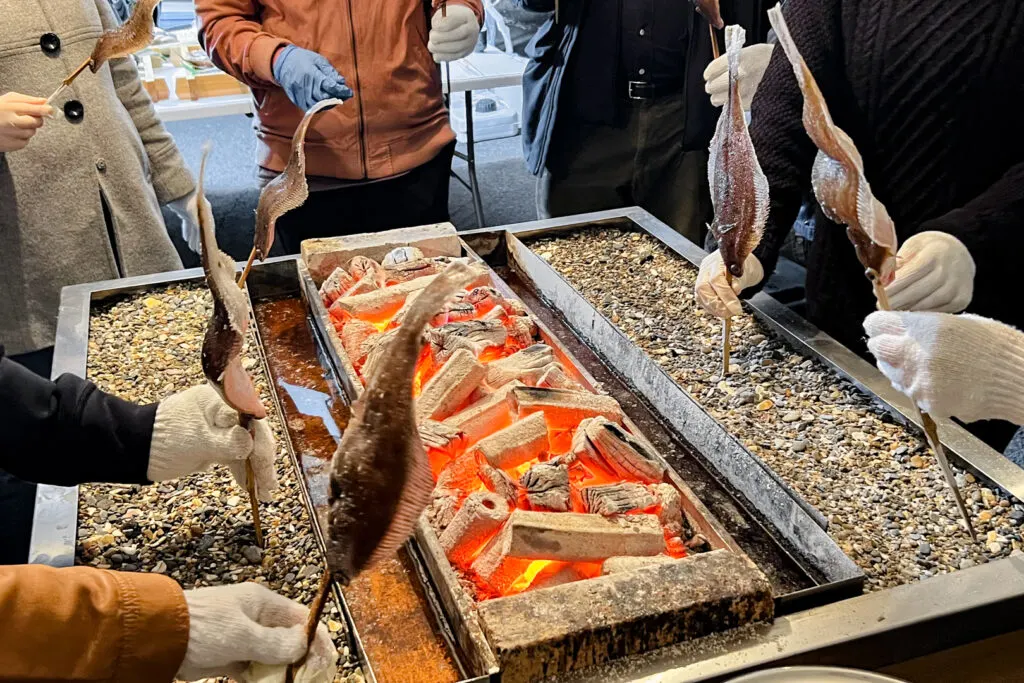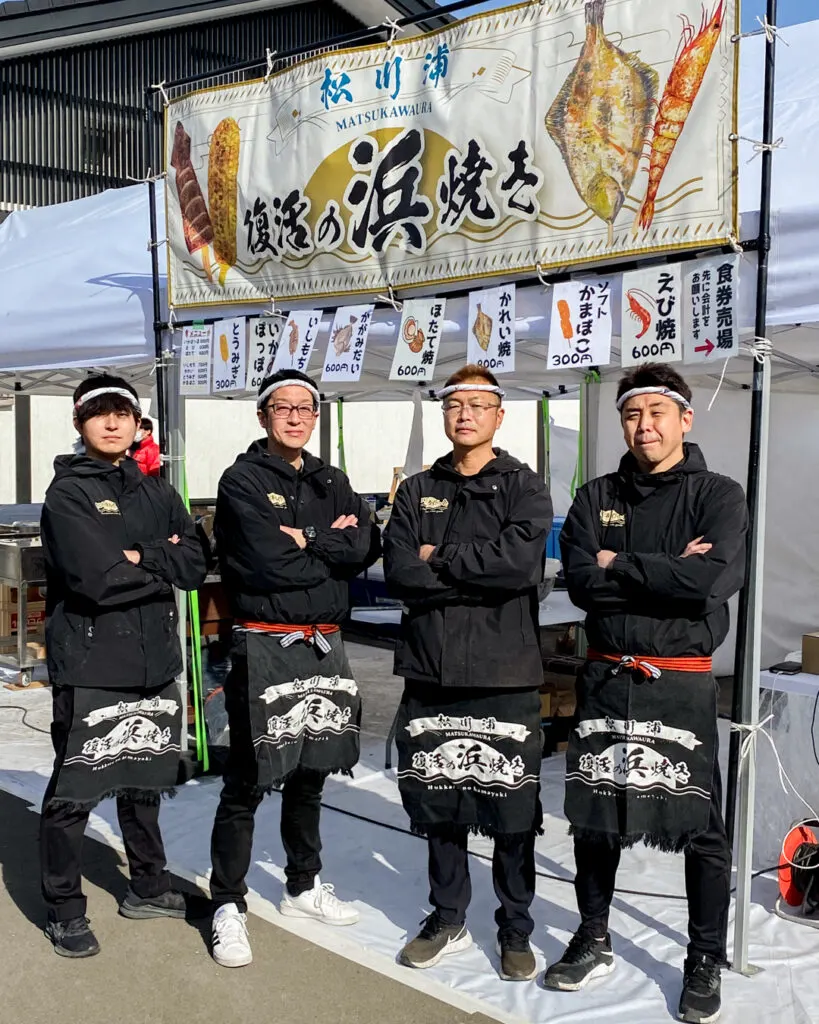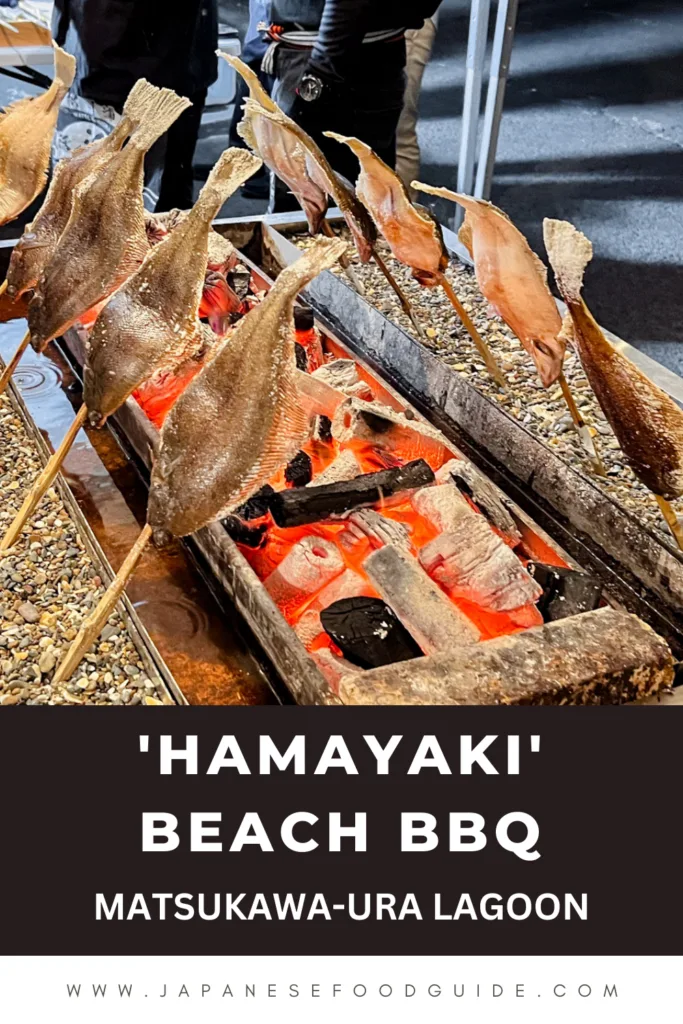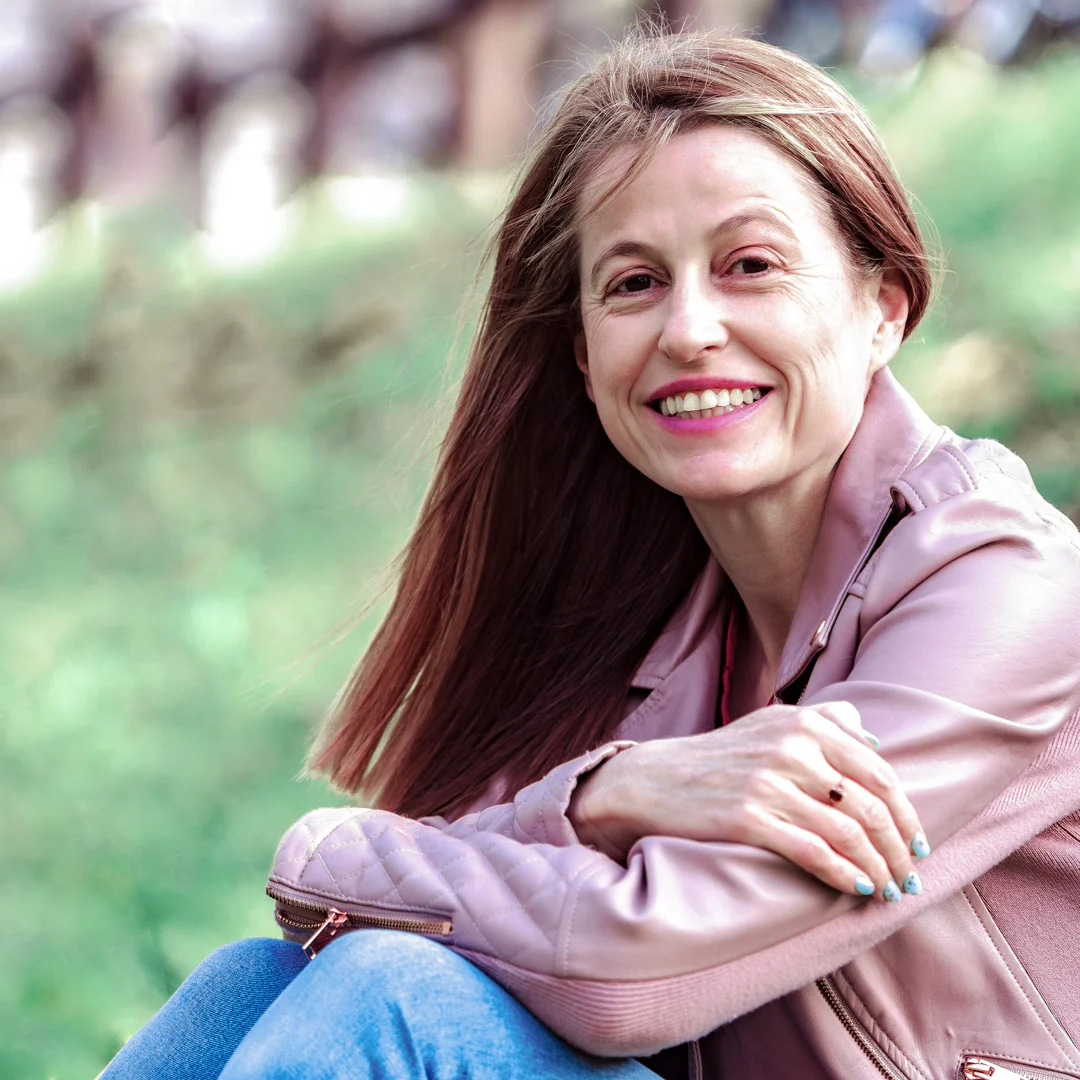If fresh seafood sizzling on the grill sounds good to you, then you’ll love the coastal community of Matsukawa-ura Lagoon, part of Soma City (Sōma-shi) in Fukushima Prefecture.
The local hamayaki (beach barbecue) is a specialty that began in the 1960s, when seafood was grilled over charcoal and offered to guests at inns and restaurants. The custom had gradually faded from the culinary scene but has made a comeback, to the delight of residents and visitors alike.
Today’s incarnation feels like a party with friends old and new, as local guides lead guests in a fun-filled culinary exploration of the seafood for which Matsukawa-ura Lagoon is famous.
Separated from the Pacific Ocean by a sandy spit, Matsukawa-ura has been a popular seaside resort since the seventeenth century. Salt was produced here in the past, but nowadays it is known for clams and seaweed cultivation, as well as the warm hospitality of the local people.
Matsukawa-ura Lagoon is part of the Hamadōri region of Fukushima, and fishing has long been of importance here. The entire region suffered greatly during the 2011 Great East Japan Earthquake and the resulting tsunami and nuclear disaster, affecting both commercial fishing and tourism. However, both industries are now picking up again.

Getting Serious About Hamayaki
Hamayaki (浜焼き, はまやき) is one of the experiences curated by the Matsukawa-ura Team Guide, which is made up of several of the younger generation of local innkeepers. Having grown up in Matsukawa-ura, they are now helping run their respective family ryokan (traditional Japanese inns), and they were eager to share the tastes from their childhood with visitors.
The team took their task seriously, knowing that they had to get it right. They consulted with their parents to learn about the equipment, techniques and the special dipping sauce that completes hamayaki. Through a process of trial and error, they created and refined their contemporary take on this beloved food culture.

During the hamayaki experience, participants learn how to skewer their own seafood, such as flounder, scallops, shrimp and squid, and grill it to perfection over the hot charcoal. One of the interesting points of hamayaki is that the skewers are placed vertically, making it a little more challenging than your typical barbecue. There’s plenty of laughter as the drinks flow and tempting aromas begin to waft through the air.
After frequent adjusting and checking—“Is it done yet?”—the first skewers come out of the charcoal, and after a quick dip into the special sauce, everyone digs in. Meanwhile, the hosts are already prepping the next course. Nobody’s in a hurry, and the party—and the food—continue well into evening, until everybody has eaten their fill. While seafood is the undisputed star of the show, vegetarians and vegans can also join the fun, with grilled vegetables, mushrooms and onigiri rice balls.

It’s All About Team Spirit
Although in one sense the members of Matsukawa-ura Team Guide are business rivals, they also share a common goal of wishing to promote the appeal of their area to visitors. They want their guests to gain a better understanding of why Matsukawa-ura Lagoon is special, and so they pooled their knowledge and skills to come up with a range of beach and marine-themed activities that highlight local life.
In addition to hamayaki, the Guide Team offers fishing with a bamboo pole which guests make themselves, and crab fishing with nets—this is particularly popular among families with young children.
And on a different note, there is the intriguingly-named “Moon Road Café”, which takes guests out to the breakwater to enjoy freshly-prepared beverages and local sweets, surrounded by the starry skies and soothed by the waves. (Some experiences are limited to guests staying at one of the Matsukawa-ura Team Guide inns.)

See Food and Eat It in Matsukawa-ura
Before the earthquake, more than 170 types of seafood were caught at the Matsukawa-ura Fishing Port each year, and this bounty was sold at high prices around Japan. The facilities and boats at the Matsukawa-ura Fishing Port were battered in the ensuing tsunami, and then concern over the safety of the local seafood delivered another blow to local industry.
More than a decade on, fisherfolk, visitors and consumer confidence have gradually returned. After years of careful research on seafood safety, Fukushima prefecture has given the green light to resume full-scale commercial fishing.
As a major symbol of this recovery, in 2020 the Hamano-eki (‘port station’) Matsukawa-ura was opened near the Fishing Port, replacing the former sales center building that was washed away in the tsunami. Visitors can purchase fresh seafood and other local products, or enjoy a meal on site, and this multi-purpose facility has become a tourist attraction in its own right.
There are many other treats for foodies to try. They include: aonori no tempura (青のりの天ぷら, あおのりてんぷら, deep-fried seaweed), asari gohan (あさりご飯, あさりごはん, rice with clams) and its cousin hokki gohan (ホッキご飯, ほっきごはん, rice with surf clams) and, of course, fresh sashimi.
In the winter months many people are excited to try the zuiwaigani (ズワイガニ, ずわいがに, snow crabs) here, too. Beautiful scenery, fresh seafood and authentic experiences, laced with local hospitality from people who would love to show you around their hometown: It’s all waiting at Matsukawa-ura Lagoon.
Directions:
To reach Fukushima’s Soma City from Tokyo or Sendai, take the Jōban Line’s limited express Hitachi. It’s three hours and 50 minutes from Tokyo Station and about 50 minutes from Sendai Station.
For more information:
https://en.hamadori-coast.com/enjoying/e01 (English)
https://soma-kanko.jp/information/matukawauragaidonokai/ (Japanese)
Pin me for later


Originally from New Zealand, Louise George Kittaka is a bilingual writer, content developer and university lecturer based in Tokyo. She writes for a wide variety of media on topics of interest to the international community, including travel, education, business and sustainability.
When she isn’t at her computer, Louise loves exploring waterfalls and going to cake buffets.
